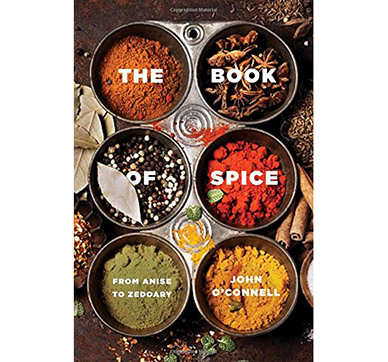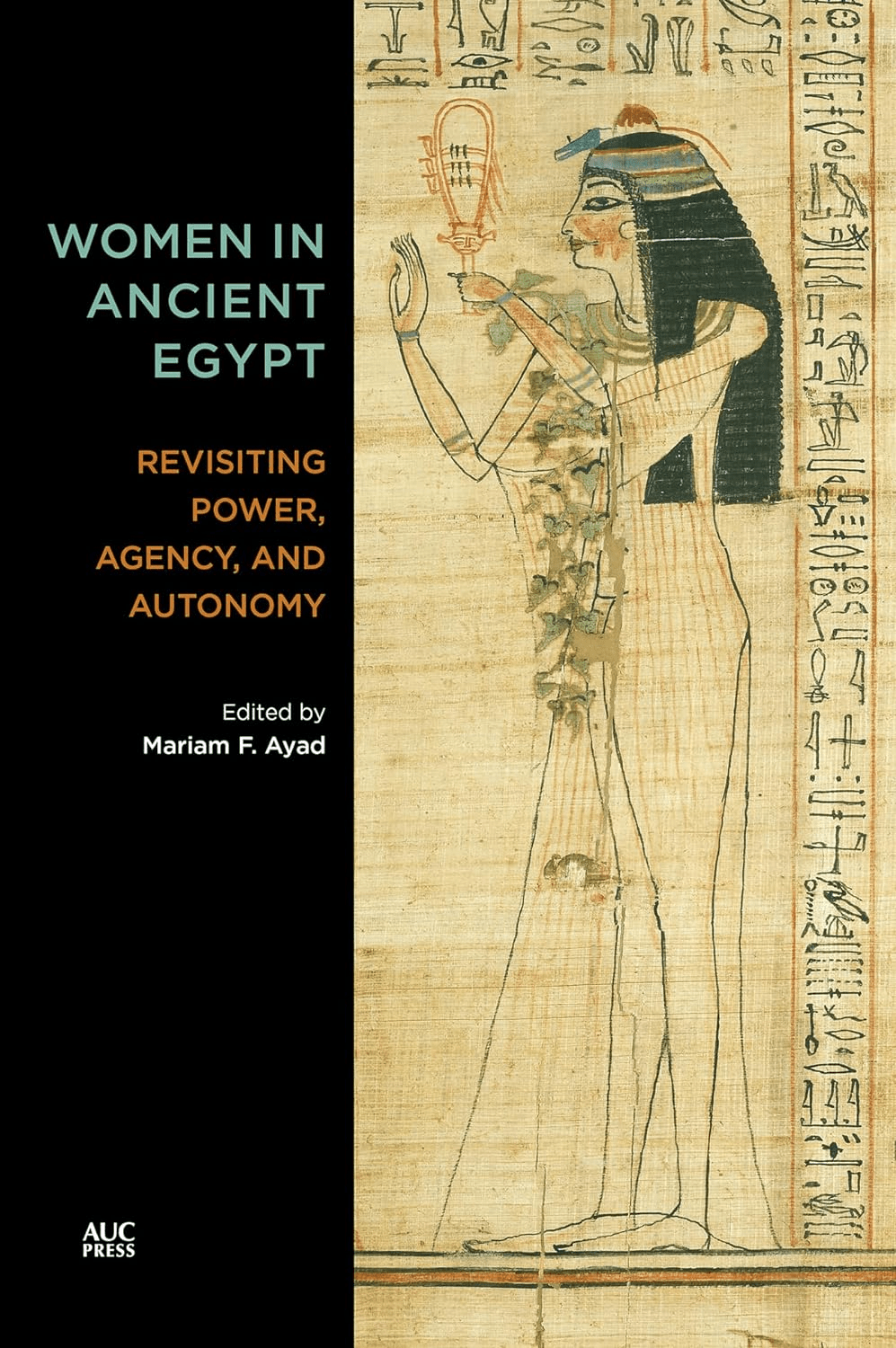
The Book of Spice: From Anise to Zedoary
Tom Verde
John O’Connell
2016, Pegasus Books, 978-1-68177-152-6, $26.95 hb.
“We take them for granted today, now that they are everywhere and, for the most part, dirt cheap, but spices might just be the most important commodities ever— more important even than gold or oil. For most of human history they have been held in sacred regard, despite the fact that in dietary terms they are utterly inessential.”
It is hard to reach for a spice that has not been touched by Arab-Muslim culture. From anise, a licorice-flavored Egyptian seed, to zedoary, a bitter root in the ginger family (from the Arabic, zadwar), Middle Eastern middlemen have engaged in the spice trade for millennia. Saffron dates to ancient Persia, “home of pilau—the dish of scented, colored rice that subsequently travelled across the Muslim world to become pilav in Turkey, paella in Spain and risotto in Italy.” European caraway figures in “some formulations” of the North African chili-paste harisa while lending unique flavor to Middle Eastern puddings like moghli that are “traditionally prepared to celebrate the birth of a son.” Peppery Senegalese “Grains of Selim,” adding oomph to coffee, were named after one or another Ottoman sultan, while Arabs use 60 percent of the world’s cardamom in “Bedouin coffee” (gahwa). This entertaining and informative book can be read cover to cover, but is entirely accessible by randomly flipping to any entry and diving in.
You may also be interested in...

Drawing New Conclusions About the Status of Women in Ancient Egypt
Egyptologist Mariam F. Ayad that gender bias among historians accounts for an underrepresentation of women’s lives in historical studies of Egypt.
Umayyad Family Dynasty Creates Unprecedented Empire
Explore the development and history of the Umayyad Caliphate, one of the most consequential empires the world has ever known.